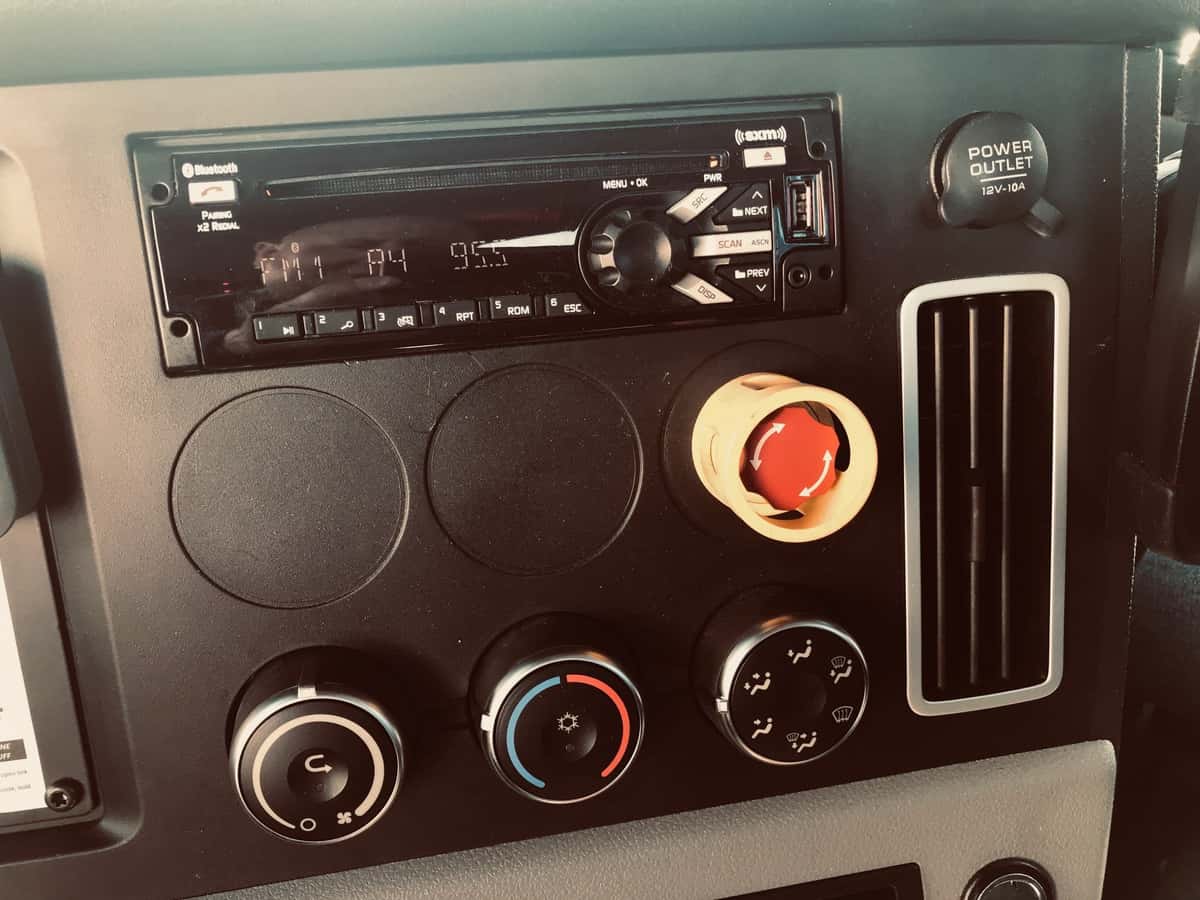If the everyday use of electric trucks seems decades away, come to Chino, California, where zero-emission battery-powered Class 8 semis silently arrive and depart daily from NFI Industries bound for the ports of Los Angeles and Long Beach.
Any day now, the last of 10 heavy-duty plug-in eCascadias will join NFI operations as part of the Freightliner Electric Innovation Fleet from Daimler Trucks North America. NFI also will integrate electric Volvo VNR Class 8 day cabs as part of the Low Impact Green Heavy Transport Solutions (LIGHTS) test program.
Freightliner’s two-year goal is to learn the ins and outs of the test trucks while racking up miles. Across nine trucks, NFI’s cumulative total is about 50,000 miles. Meanwhile, Freightliner’s other test fleet partner Penske Truck Leasing is using 10 eCascadias and 10 Class 6 medium-duty eM2 trucks for deliveries in Southern California.
NFI’s ambitious target
By mid-decade, NFI expects that up to half of its 4,000 trucks could be powered by electricity, according to Bill Bliem, senior vice president of fleet service. Battery power fits NFI’s predictable round-trip drayage routes of just over 100 miles.
“It’s not going to be a long-haul buyer’s market,” he said.
More importantly, the vehicles make sense from a total cost of operation (TCO) perspective, as long as financial incentives are available to offset buying the more expensive equipment. The South Coast Air Quality Management District invested $16 million in Daimler’s program.
The eventual size of the Class 8 electric market is anyone’s guess.
“That is a big glass bowl, and I do not think I could give you a number,” said Andreas Juretzka, director of Engineering Product Development in Daimler’s Electric Mobility Group. “We all know with the money we are spending and how much the trucks cost right now, we are living off some support from the state.”

California grants helped NFI recently purchase 27 electric yard tractors from Kalmar Ottawa.
Most industry observers see a better fit for Class 6 trucks, in which regenerative braking from frequent starts and stops adds energy back into the engine. They also return to base for recharging.
“Our equipment is back every night, which means from the infrastructure standpoint, we could put these charging stations where the domicile is or along the route because a lot of our business is static deliveries versus dynamic,” NFI President Ike Brown told FreightWaves.
Freightliner’s fleet
The eCascadia was adapted over two years from the Mercedes-Benz eActros in Europe to be suitable for American roads and duty cycles. Had he started from scratch, Juretzka said, the project would have taken twice as long.
Daimler plans to start commercial production of eCascadias by the end of 2021, but it won’t be pinned down further.
“It’s one thing to do a couple of trucks and some prototypes,” Juretzka said. “But at the end of the day, what I am standing for is to bring a safe truck that is the top of the art when it comes to technology.”

Early bugs
The Freightliner experiment at NFI has included some downtime from high-voltage electrical system issues but nothing unexpected, Juretzka said
“What people don’t understand is that there’s a lot of switches in there and there’s a lot of safety-control mechanisms,” he said. “Because of the high voltage, you cannot just open it and change the switch.”
The battery must be removed, scanned or fixed, and reinstalled. That’s why Daimler keeps resident engineers on site at Chino. NFI holds weekly calls with Juretzka’s team in Portland, Oregon.
NFI lessons
NFI finds electric trucks require greater preparation and different relationships than adding diesel-powered units for which a large infrastructure exists.
“We’re used to negotiating with diesel suppliers, the big truck stops,” Bliem said. “Having to negotiate with Southern California Edison is a big difference if you’ve ever tried to negotiate your electric bill.”
Jim O’Leary, NFI vice president of fleet services, said getting a 150-kilowatt charger installed took several months, even with help from Daimler consultants.
“For starters, there’s getting the utility involved as soon as possible, having them come out to look at your site, letting the city know your plans so they’re expecting these types of permits to come through the door,” he said. “And then there’s the construction itself.”
Driver reaction
Some drivers were hesitant to get behind the wheel of an electric truck after decades of driving diesels.
“Anything new is going to have some hesitation,” O’Leary said. “But once they get in it, they don’t want to go back. When we only had one truck, the first driver that we had hated the fact that he had to park the electric (for recharging) and do a second load in a diesel.
“I was expecting drivers to like it because not only is it cool and sexy driving an electric truck, but it’s the power, the smoothness of the ride and the fact that they don’t come home smelling like diesel,” he said. “They don’t want to stop at a fuel stop and deal with that.”
Bliem compared it to the adjustment to automated manual transmissions replacing manual gearboxes in a majority of trucks.
“Nobody wanted to drive one,” he said. “Then we put them in it. Two days later, they don’t want to ever go back. If they have to get in an old manual transmission, they want to call in sick because they don’t want to drive it.”
Karl Williams, a 20-year veteran with 2 million miles of driving including five with NFI, put it succinctly.
“Anybody could drive these trucks,” he said. “It’s like driving a car compared to a diesel. There is basically one speed: Go.”
Recruitment value
NFI sees electric trucks helping combat a shortage of drivers and mechanics, especially those comfortable working with computers.
They also may attract female drivers, which NFI has been emphasizing in the past 12-18 months.
“The myth of combustion engines and oil and the grease and the smell probably has kept that gender away from this business,” Brown said. “Not only is it clean as far as the operation, I think women are probably more attuned to the ecological aspect of it.”








seo
Hello; you have opened a very successful topic. That’s very good that the people getting awareness via your page.
I have been following your page for a long time and I find it really useful. I am very happy to read the text of valuable people like you. I wish you continued success. Yours truly.
Sohail Khan
I need heavy Driver job
Ethan Josh
In the upcoming days, the growth rate might get increase more!